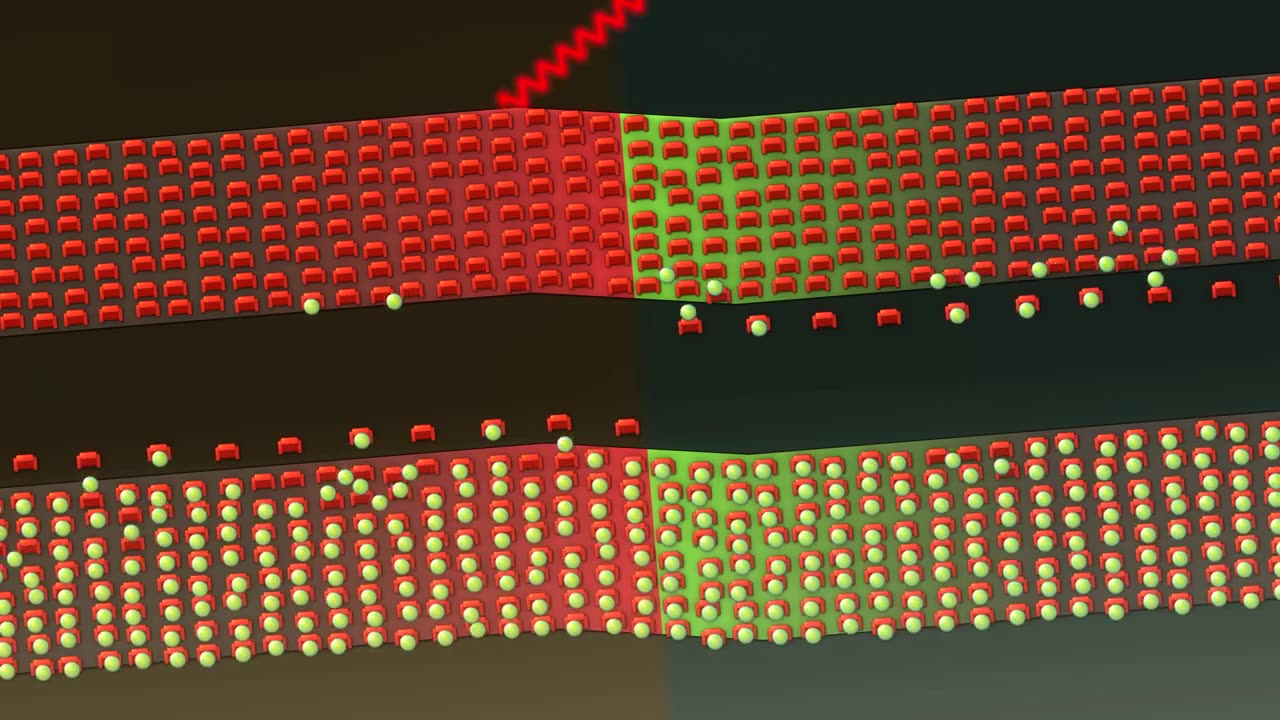Premium Only Content

Why It Was Almost Impossible to Make the Blue LED
The development of the blue LED (light-emitting diode) was considered a significant breakthrough in the field of optoelectronics. Before the blue LED, LEDs were primarily available in red and green colors. Here's why it was challenging to develop the blue LED:
Material Challenges: Finding a semiconductor material that could emit blue light efficiently was a major hurdle. While materials like gallium arsenide and gallium phosphide were suitable for red and green LEDs, they couldn't emit blue light efficiently.
Bandgap Requirements: Blue light has a higher frequency than red and green light, which means it requires a semiconductor material with a wider bandgap. Developing such a material was technically challenging.
Crystal Growth: Even if researchers identified potential materials for blue LEDs, growing high-quality crystals of these materials was difficult. Crystal defects and impurities could significantly reduce the efficiency of the LED.
Doping Difficulties: Doping, the process of introducing impurities into a semiconductor to alter its electrical properties, was more complex for materials used in blue LEDs.
Temperature Sensitivity: Blue LED materials were often more temperature-sensitive compared to red and green LEDs. This made it harder to maintain stable performance across different operating conditions.
Despite these challenges, in the 1990s, Japanese scientist Shuji Nakamura succeeded in developing the first efficient blue LED using gallium nitride (GaN) semiconductor material. Nakamura's breakthrough paved the way for the development of not only blue LEDs but also white LEDs when combined with phosphors. The invention of the blue LED has revolutionized lighting technology, leading to energy-efficient lighting solutions and the development of displays and advanced optoelectronic devices. In recognition of his groundbreaking work, Nakamura was awarded the Nobel Prize in Physics in 2014, along with Isamu Akasaki and Hiroshi Amano, who also made significant contributions to the development of blue LED technology.
-
 1:17:51
1:17:51
Flyover Conservatives
11 hours agoMary Flynn O’Neill and Clay Clark: The Church Must Rise or America Falls | FOC Show
29.6K2 -
 LIVE
LIVE
I_Came_With_Fire_Podcast
13 hours agoThe Global ANTIFA Connection You've Never Heard Of | The Israel Question
344 watching -
 16:38
16:38
RTT: Guns & Gear
20 hours ago $2.13 earnedExtar EP9 Review: The Best Budget 9mm PCC?
33.7K6 -
 7:53
7:53
Rethinking the Dollar
13 hours agoMass Firings in Tech: The Real Agenda Behind 166,000 Cuts
44.6K10 -
 1:02:28
1:02:28
BonginoReport
8 hours agoFeds Monitor Threats Ahead of Kirk Memorial - Nightly Scroll w/ Hayley Caronia (Ep.138)
254K141 -
 55:51
55:51
Candace Show Podcast
7 hours agoWho Moved The Camera Right Above Charlie's Head? | Candace Ep 239
108K625 -
 13:09:13
13:09:13
LFA TV
1 day agoBREAKING NEWS ON LFA TV! | FRIDAY 9/19/25
260K55 -
 13:00:46
13:00:46
Total Horse Channel
16 hours ago2025 WDAA Western Dressage World Championship Show | Day Four | Arena One
21.9K -
 2:08:52
2:08:52
The Mike Schwartz Show
9 hours agoTHE MIKE SCHWARTZ SHOW Evening Edition 09-19-2025
43.2K4 -
 21:49
21:49
Jasmin Laine
9 hours agoCBC Panel TURNS on Liberals—"Carney DOESN'T Know What He’s Doing"!
30.2K24